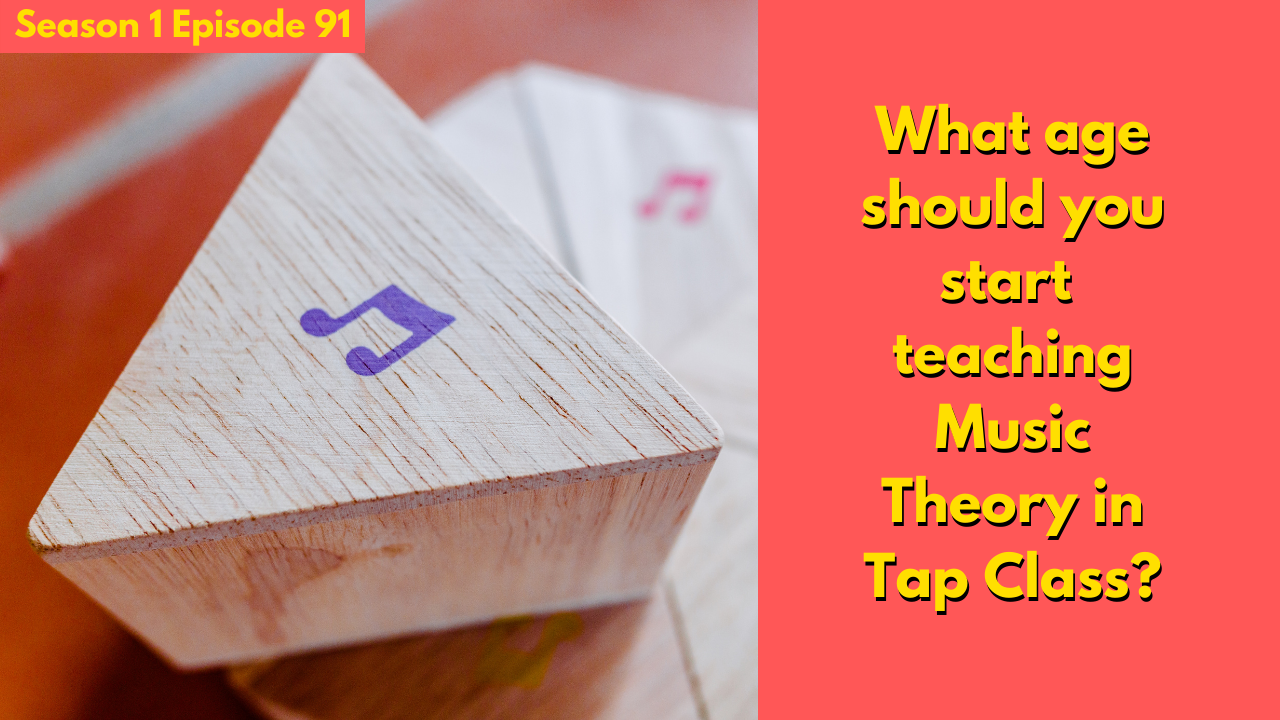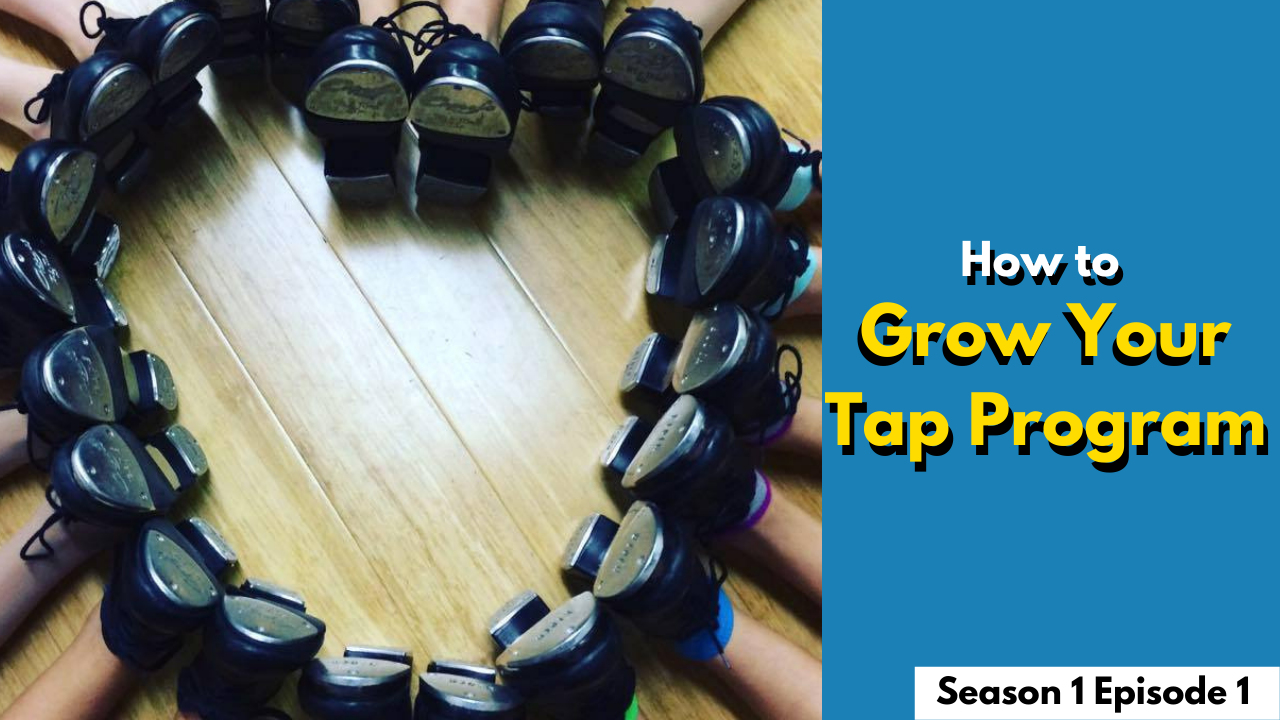What age should you start teaching Music Theory in Tap Class?

Published on April 1st 2021 by Hillary-Marie
Tap Dance is a Percussive Dance form, and that means we’re governed by the laws of both music AND dance. This means we need to put equal efforts and energy towards training both our feet and our ears, both Tap Technique and Musicality.
So many more tap dancers and tap teachers are really connecting with this, and it brings up the question…
What age should you start teaching music theory in tap class?
This question comes up often in our iTap Chats and in theiTapOnline™ Teacher Training Program. And I love this question - specifically because it shows a level of excitement for incorporating music theory into your weekly classes.
It’s not about WHEN you should start teaching music theory in tap class, but rather HOW you should teach music theory in tap class depending on their age/level.
Here are some fun ways that we introduce music theory into our classes at Grooves Unlimited Dance Studio. Our Groovers start tap class as early as the age of 5.
AGES 3-5
At this age, it’s all about ear training by learning to keep time and follow along. Follow-along will eventually transition into call & response, led by the teacher, as they get closer to age 5.
AGES 5-7
At this age, we love introducing our Groovers to a game called “fruit salad”. Each child received rhythm sticks, and we associate fruits with subdivisions, for example, using “Ap-ple” for eighth notes (1 &) or Blue-ber-ry for triplets (1 & a). As they get closer to age 7, we shift away from the rhythm sticks and change it to more of a body percussion game. This is how we start our classes each week, circled up, and ready for rhythm training.
Dancers ages 5-7 should be able to find the downbeat on their own. This is an easy exercise you can do with each song that you play, whether it’s for warm-up, across the floor, or center choreo. They can also participate in call and response, led by you, or by their classmates.
AGES 7-10
At this age, it’s all about the Rhythm Tree! If you don’t have a copy of my FREE Rhythm Tree for Tap Dancers yet, please head over to www.iTapOnline.com for access to my 10+ FREE Tap Dance Resources, which will give you instant access to a PDF that you can print out, laminate and hang up in your studios. In those free resources, you’ll also receive a 3-part Rhythm Training for Tap Dancers video series. Everything in that series can be taught to dancers ages 7+.
Dancers ages 7-10 should also be comfortable mimicking the counts you provide them, and with the help of your guided questions, should be able to identify how many bars a phrase is. Example: How many counts is this? Let’s count together! EIGHT! Okay, if there are 4 counts in a bar, how many bars is it? TWO!
You can also ask them to do exercises across the floor that incorporate music theory, for example: Run flaps for 8 counts, then hold for 8 counts, then run flaps for 8 counts, then hold for 8 counts.
AGES 10-12
At this time, they should be comfortable with identifying counts on their own, and they should be able to count all of their subdivisions out loud while dancing. By having them count aloud, it will strengthen their understanding of the vocabulary associated with music theory, but recognizing the different between swinging eighth notes vs. straight eighth notes, or the difference between the feel of sixteenth notes and triplets, etc.
AGES 13+
At this age, they should begin counting the downbeat aloud while dancing. This can be far more difficult to do then counting subdivisions aloud.
ADULT DANCERS
Adult dancers can start using the rhythm tree right away and exploring all of the concepts listed above.
MUSIC IS A LANGUAGE
Music is a language, and language is learned through osmosis. Start using the language of music theory into your tap classes on a regular weekly basis, and it will become second nature for both you and your students. The goal isn’t to stop the flow of your classes to teach music theory, but rather, to incorporate music theory all throughout your class.
WHAT’S YOUR FAVORITE?
I’d love to know your favorite ways to incorporate music theory into your weekly tap classes. Share in the iTapOnline™ Community Facebook Group.

